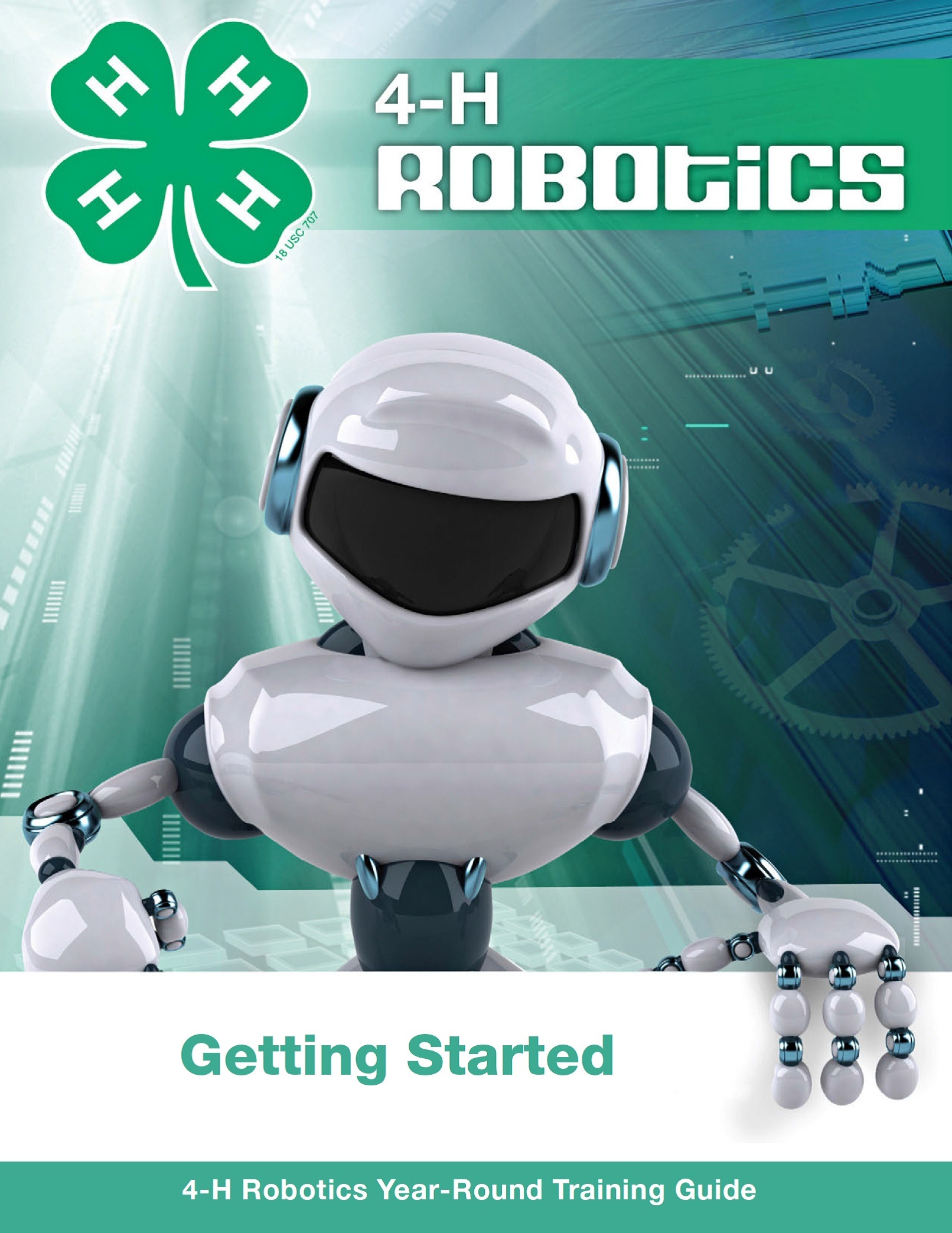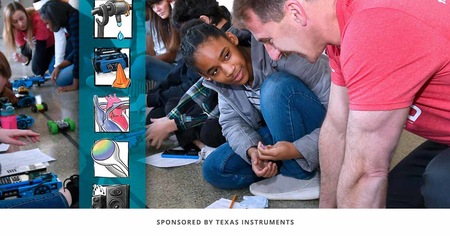National 4-H Council recently produced a series of helpful professional development training modules for those wishing to increase their capacity to offer robotics at their sites. 4-H Robotics Professional Development Modules assist afterschool coordinators in providing training for staff, volunteers and teen leaders. The “Getting Started Guide” helps in planning, preparing and leading the 4-H Robotics training modules. The goal is to provide ready-to-use announcements, activities, and evaluation instruments. Included are sample agendas and pre and post assessment tools.
The nine modules are designed to be flexible to meet the variable needs of diverse programs. Each module includes two to three hours of hands-on, interactive training activities, handouts, PowerPoint slides and tips for facilitators.
The 4-H Robotics Professional Development Modules are free and available on-line:
Module 1: Comprehensive Robotics Overview
Examine why robotics is relevant and appealing to today’s youth and explore ways in which robotics can be used to enrich after-school programming. Review the top 10 reasons educators love robotics!
Module 2: Recruitment and Partnerships
Identify a diverse group of potential volunteers to support your youth robotics adventures at after-school sites. Module includes an action planning worksheet to identify potential community resources to support robotics programming.
Module 3: Community Resource Cultivation
Explore strategies for promotion and marketing your youth robotics program. Develop needed community support and identify potential partners and donors. Take advantage of ready-to-use marketing items such as flyers, press releases and postcards.
Module 4: LEGO WeDo Construction Set Introduction
Learn to teach elementary-age youth to build basic robots that move using motors and sensors. LEGO WeDo construction kits use icon-based programming on any computer with lessons that focus on science, mathematics, and reading concepts.
Module 5: Using Technology to Deliver a Robotics Program
Explore an online computer game, 4-H Virtual Robotics. This DVD includes videos, simulations, and animations to assist with building and programming robots in a virtual environment. Discuss strategies for handling the challenges of teaching technology to youth.
Module 6: Experiencing Engineering Design
Use everyday items to teach basic engineering principles from the 4-H “Junk Drawer Robotics” Curriculum: Engineering for Today and Tomorrow. Design and build a “clip mobile,” one example of 59 engineering activities outlined in the three curriculum books. Includes a discussion of the Experiential Learning Model recommended for youth programming.
Module 7: An Experiential Model of Building Robots
Identify the components of the LEGO® MINDSTORMS® Kit and build a basic robot. This module includes activities to help students understand the basics of programming a robot. Several challenges are provided to demonstrate parameters for programming with motors.
Module 8: Scientific Inquiry and Programming Robots
Explore more complicated levels of robotics platforms using sensors and begin writing simple programs. Understand the components of the instructional CD, “Robotics Platforms” which is one of three components of the 4-H Robotics Curriculum. Become familiar with the concept of using science inquiry to engage youth in self-directed learning.
Module 9: Expansion, Enrichment, Endurance
Consider strategies to maximize the robotics experience for youth. Review the many year-round opportunities that robotics can provide, including competitive events such as FIRST challenges, career exploration fieldtrips, and teen mentoring. Module includes an action planning worksheet to identify potential community resources to assist with expansion and sustainability of your robotics program.
4-H educators with experience in providing robotics activities for youth are available to answer your questions on-line at: https://ask.extension.org/ask




